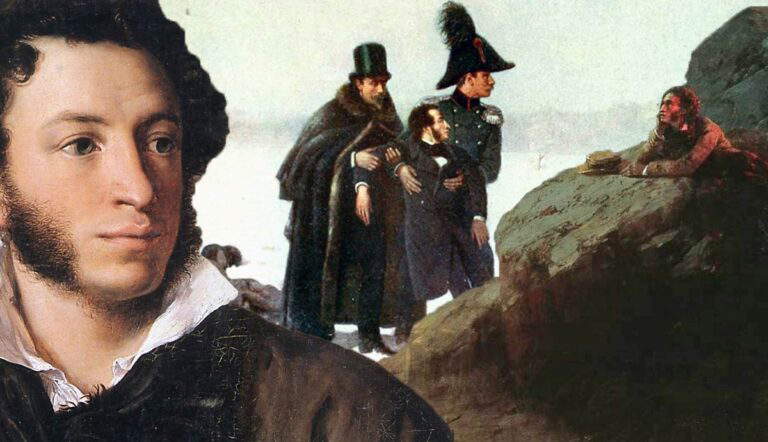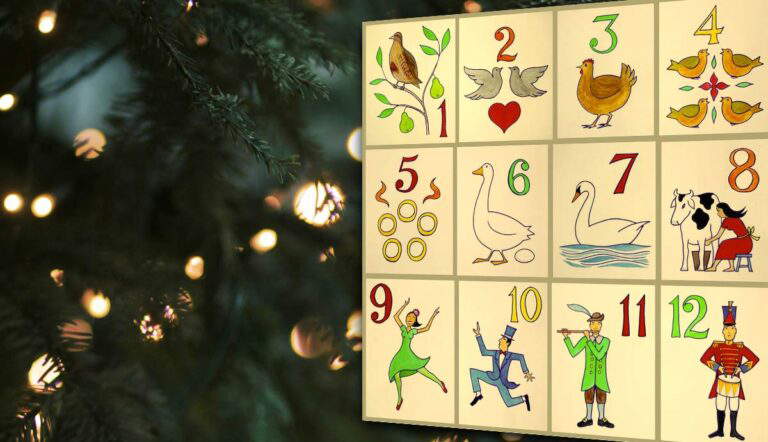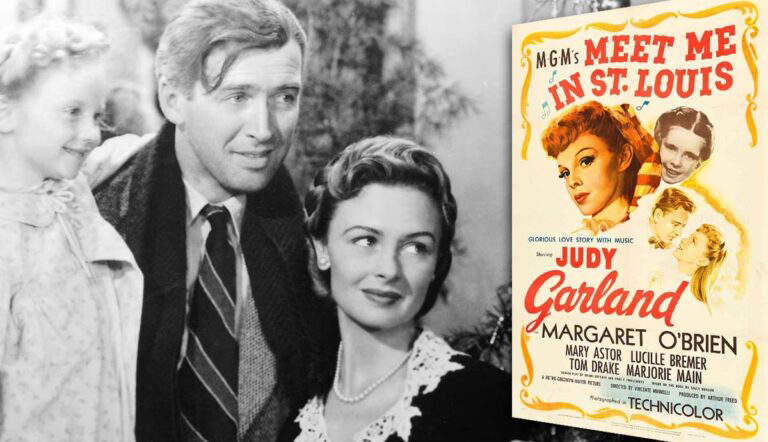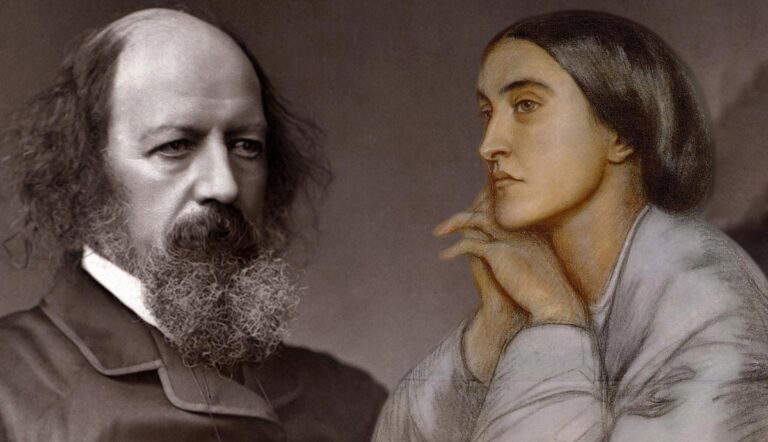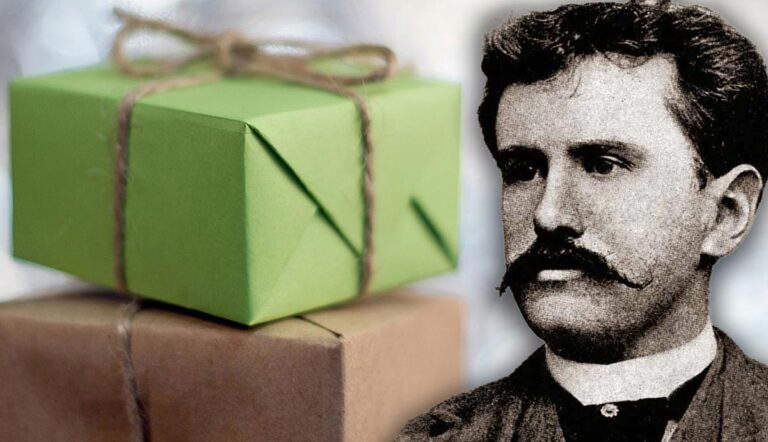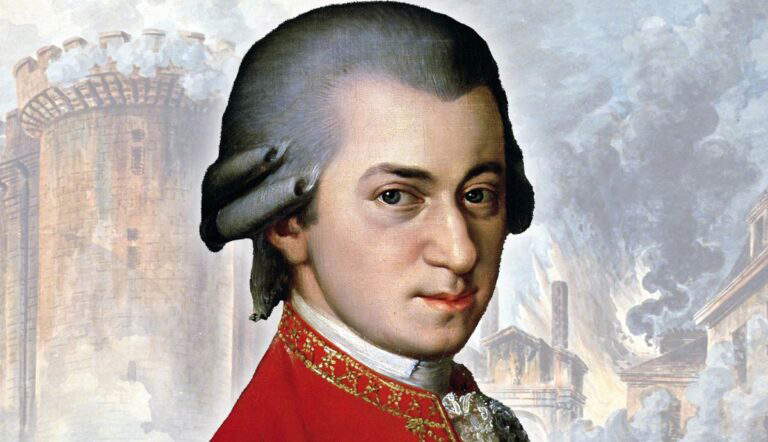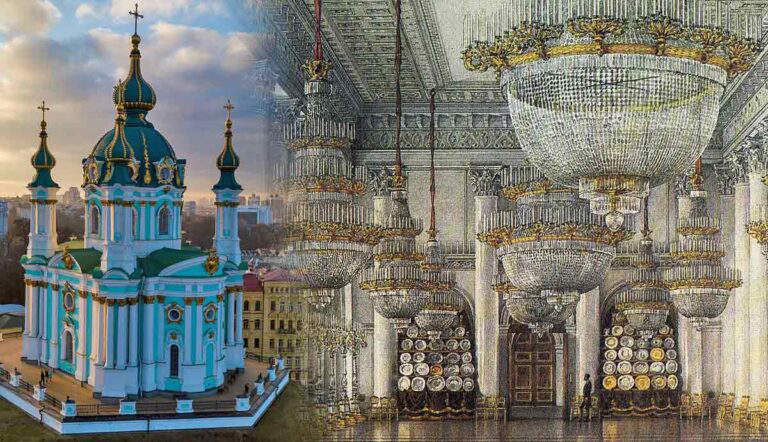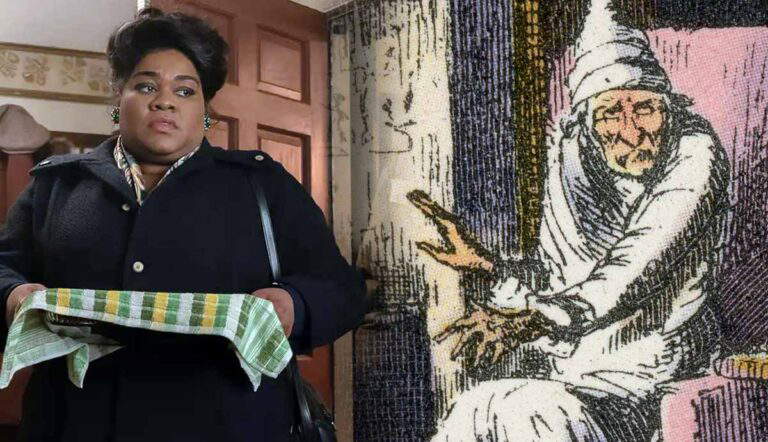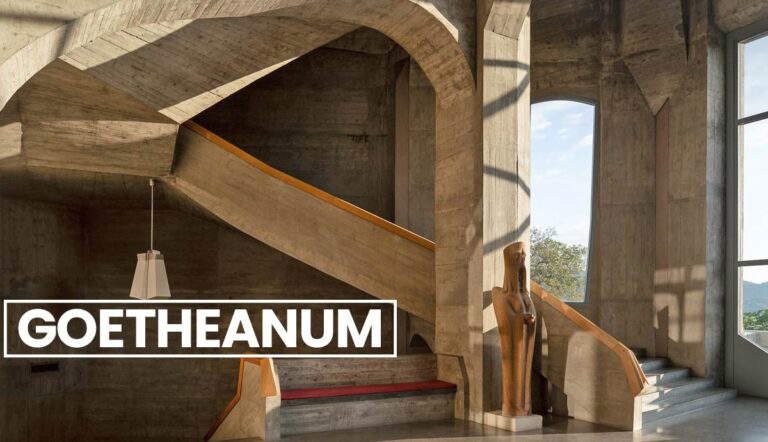From classical masterpieces to contemporary installations, explore the expressions that have shaped cultures, sparked emotions, and inspired generations.
Alexander Pushkin, a Russian writer and poet, is regarded as the founder of a new literary Russian language, artistically capturing the complex nature of Russian society.
Christmas poems can enhance an artistic celebration of the festive season. Over hundreds of years, rhyme and verse have told the story of Christmas.
Familiar stories take on new meanings when translated to the screen, and none more so than the Christmas films that shape the holidays.
Albrecht Dürer's Melencolia I is the most popular engraving among scholars, and it has been studied for centuries. Still, it hides too many unsolved mysteries.
The US’s most inspiring small towns for art lovers, with desert installations, coastal galleries, public murals, and vibrant festivals.
Performed for the first time in Vienna in 1786, Mozart’s opera The Marriage of Figaro seemed to foreshadow the imminent French Revolution.
Charles Dickens’s "A Christmas Carol" created the archetype of a redemption tale rooted in Christmas. Alexander Payne’s 2023 film "The Holdovers" reimagines this theme.
The Goetheanum is a Gesamtkunstwerk—a synthesis of all art forms. In 1922, unknown arsonists destroyed the original wood building.
- …

